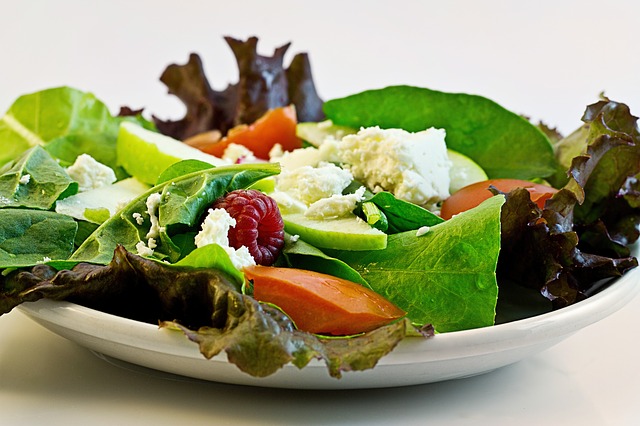Correct portioning is something which can be very difficult for those not used to it, but it’s crucial if you’re looking for a healthy, balanced diet, and especially if you’re looking to maintain a healthy weight. Here are 7 portioning tips for your meals.
1. Measure Everything Out
Invest in the right kitchen tools so that you can properly measure out all ingredients when you’re cooking. Items such as scales and measuring jugs will be a big help for the correct portion amounts. If you’re usually guessing your portion amounts and going off instinct, this can lead to making more than intended.
2. Take a Grocery List (and Stick to it)
Try to be very strict with what you buy, and in what amounts. Plan ahead for exactly what you need and make a full grocery list. Try not to deviate from it, and know that everything that you’ve planned out in detail on the list is all that is needed (and no more)!
3. Don’t Be Impulsive
When you’re stood before the grocery shelves, it can be very difficult to resist temptation for extra items. It’s even more difficult if you go grocery shopping on an empty stomach. Try to avoid impulsive food buying, and give yourself the best chance by shopping when you’ve already eaten.
Also avoid impulsive food eating when at home, such as if you’re bored or eating for the sake of it. Learn to understand your body more and whether you’re really hungry or just looking to snack.
There may be some occasions where it is harder to resist impulsive food eating, and situations which you cannot help, such as binge eating. Through no fault of your own, you may constantly see yourself eating more than you should. In this instance, help can always be found for binge eating disorder treatment.
4. Follow Guidelines on the Packaging
Guidelines are there for a reason, so it’s a good idea to spend a few moments browsing the packaging for portion recommendations. You may have thought one packet of something was one portion, for example, when it may have a recommended serving of two.
5. Use Smaller Plates and Dinnerware
Psychologically, meals can look less than enough when they’re on larger plates, or you may be tempted to fill up a plate completely and have it look like one portion. Instead, invest in smaller plates and dinnerware so that adequate portions sit more comfortably and you won’t feel the need to fill up empty space.
6. Eat Mindfully
If you’re distracted when eating then you’re more likely to not pay attention to when you’re full. Eating mindfully helps you to understand when you’ve naturally had enough food, even if you still have some food left on your plate. When distracted, you’re more likely to guzzle down everything infront of you, and maybe eat too much.
7. When Making Bigger Meals, Dish Out a First Serving
If you’re making a large pot of something which serves more than one meal, it might feel like an all-you-can-eat buffet. Instead of piling up your plate, it’s a good idea to dish out one substantial serving and take it elsewhere to eat and then decide how full you feel. It’s better to go back for more if you’re genuinely still hungry, than pile up your plate and it eat it all for the sake of it.



